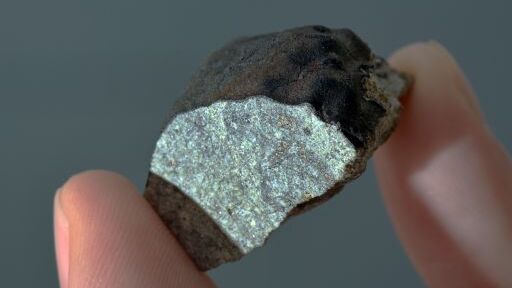
Fragment of the Stubenberg meteorite
We study the meteorites to explore the formation of the Solar System 4,5 billion years ago. Meteorits, interstellar dust and samples which are brought to Earth by spacecrafts document processes that have led to the formation of Planetesimals of the Solar System. They in turn represent the building material of the Earth and made the ingredients for life (e.g. water) available. The study of meteorites from larger bodies like the Moon or Mars provides direct information on early processes that are in general not accessible by telescopic observations or space crafts.